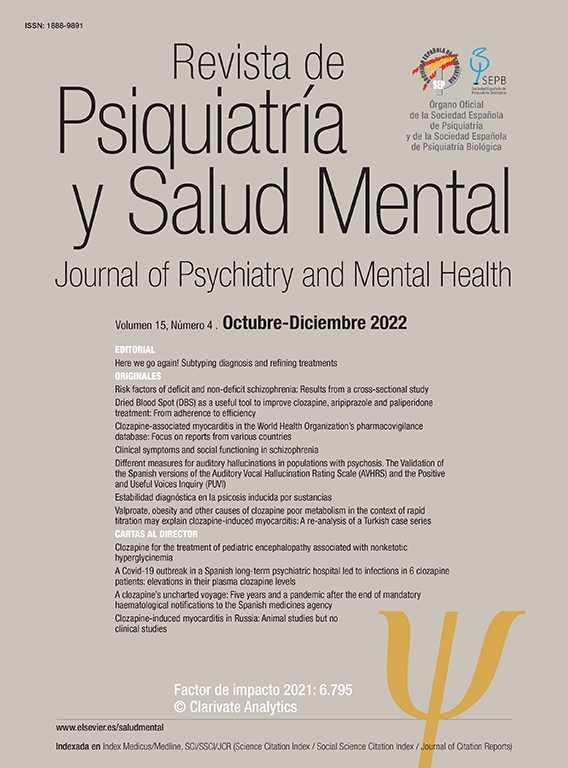The saying “Whoever had, retained” is particularly relevant to cognitive reserve (CR) and its role in the cognitive performance and functional prognosis of individuals with schizophrenia, as discussed in the various articles of this special issue. However, there's much more to it.
The term cognitive reserve (CR), previously used primarily in the context of neurodegenerative diseases, refers to the “adaptability that helps to explain the differential susceptibility of cognitive abilities or day-to-day functioning to brain aging, pathology, or insult” (Stern et al., 2018). 1 CR, along with brain reserve and brain maintenance, contributes to an individual's resilience to brain aging, disease, or insult. 2 As pointed out by Stern et al., this system is influenced by lifetime experiences and external factors, such as educational attainment, occupational level, intelligence quotient (IQ), and involvement in cognitively stimulating activities, along with endogenous factors like genetics, reflecting the complexity of brain illnesses.
Most current evidence in schizophrenia supports the hypothesis that higher CR leads to better outcomes. Building on this, recent findings by Amoree et al. (2024)3 show that CR depends on the stage of the illness; patients with a first episode of psychosis (FEP) have better CR than those with established schizophrenia. This raises the question of whether CR is a static construct or if it can be influenced throughout life by various factors such as chronicity. Since this is a cross-sectional study, we will have to wait for longitudinal studies to find the answer.
Amoree et al. (2024)3 further support the negative impact of CR on negative symptomatology and functioning across all stages of schizophrenia. Additionally, they describe for the first time an adverse effect on body mass index, regardless of illness stage. On the contrary, the impact of CR on cognitive performance varies with illness stage; it is pervasive in chronic patients but appears limited to working memory in FEP patients. If confirmed by longitudinal studies, this finding supports the hypothesis of a combined effect between low CR and age-related cognitive decline in explaining the higher dementia rates reported in the population with schizophrenia.4 Another plausible explanation for the differential effect of CR on cognitive performance by disease stage could be the age-related decrease in brain reserve, better preserved in early episodes of psychosis compared to chronic schizophrenia.
Recent advances in understanding CR and its determinants compel researchers to develop new measurement instruments. Researchers aim to move beyond the classic model, which focuses on exogenous and primarily static factors, to provide dynamic models incorporating both exogenous/endogenous and static/dynamic proxies to enhance construct validity.
With this framework, Magdaleno Herrero et al. (2024) 5 conducted an insightful study involving 668 individuals with FEP and 217 healthy controls to develop an explanatory model of CR superior to the classical model. They included premorbid IQ, education, and occupation as classical external proxies for CR, alongside the five biological parameters defining metabolic syndrome as endogenous proxies due to their established relationship with cognitive decline in schizophrenia. The results provide a new CR model that includes only two proxies: years of education and HDL levels. This dynamic model incorporates not only the typical external and static factors but also biological dynamic proxies, it is easier to use in clinical practice, and accounts for a greater percentage of CR variance than the classical model in both FEP and healthy controls.
In mental disorders, unlike neurocognitive diseases, improving CR assessment involves developing specific instruments for children and adolescents, as severe mental disorders often begin in these stages of life. Addressing this need, Camprodon-Boadas et al.,6 developed and validated the first specific instrument for this population, the Cognitive Reserve Questionnaire for Adolescents (CoRe-A). This instrument follows the classical model of CR and has shown to be psychometrically appropriate and with better discriminative capacity between adolescents with severe mental disorders and healthy controls than the IQ.
The findings in this special issue of the Spanish Journal of Psychiatry and Mental Health open new research avenues and reveal promising directions in improving the long-term outcomes of schizophrenia, which remain poor despite advancements over the past 50 years. 7 Viewing CR as a dynamic construct developed throughout life allows for designing interventions aimed at enhancing or preserving it, moving away from the deterministic focus on IQ and education level. Embracing this perspective and identifying both endogenous/exogenous and static/dynamic determinants is a priority for patients with severe mental disorders, given the significant impact of age of onset on their CR. If Magdaleno Herrero's results are confirmed, maintaining healthy high-density lipoprotein cholesterol levels, a feasible goal for modern medicine, could help preserve and even improve CR, thereby enhancing cognitive performance and real-world functioning. Similarly, interventions promoting cognitively stimulating tasks or leisure activities to enhance social skills could also support CR improvement or maintenance.
We also need to determine if there are gender differences in the impact of CR on schizophrenia outcomes, considering the results of López-Carrilero et al., 8 These authors found that while both men and women exhibited impairments in the social cognition subdomains of theory of mind and emotional recognition, the pattern of their relationship with executive functions varied by gender.
Ultimately, psychiatrists must consider the significant differences between severe mental disorders, which are primarily neurodevelopmental, and neurodegenerative diseases when incorporating the current concept of CR, which has been mainly developed based on the latter.
The results published in this issue are encouraging and provide guidance for future research.
Conflicts of interestPaz García-Portilla has been a consultant to and/or has received honoraria/grants from Alter, Angelini, Cassen-Recordati, Idorsia, Jhonson&Jhonson, Lundbeck-Otsuka, Rovi, and Viatris.







